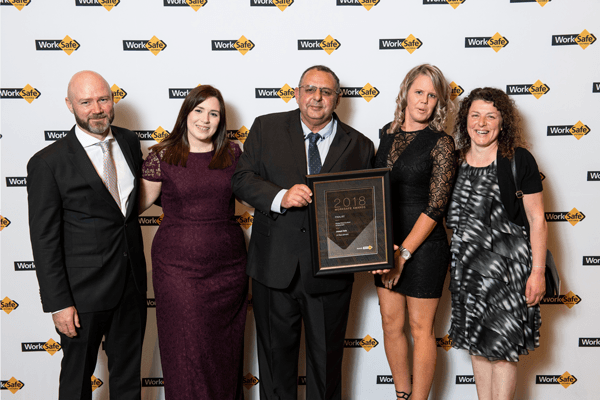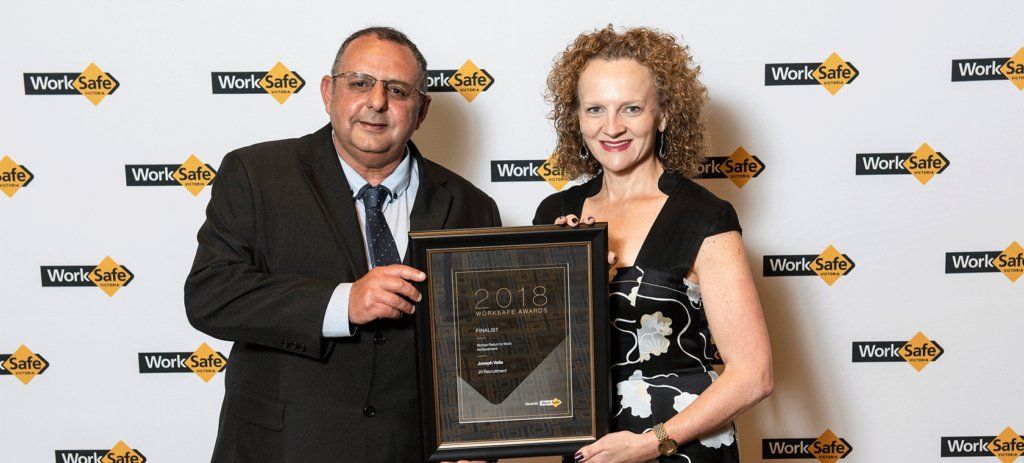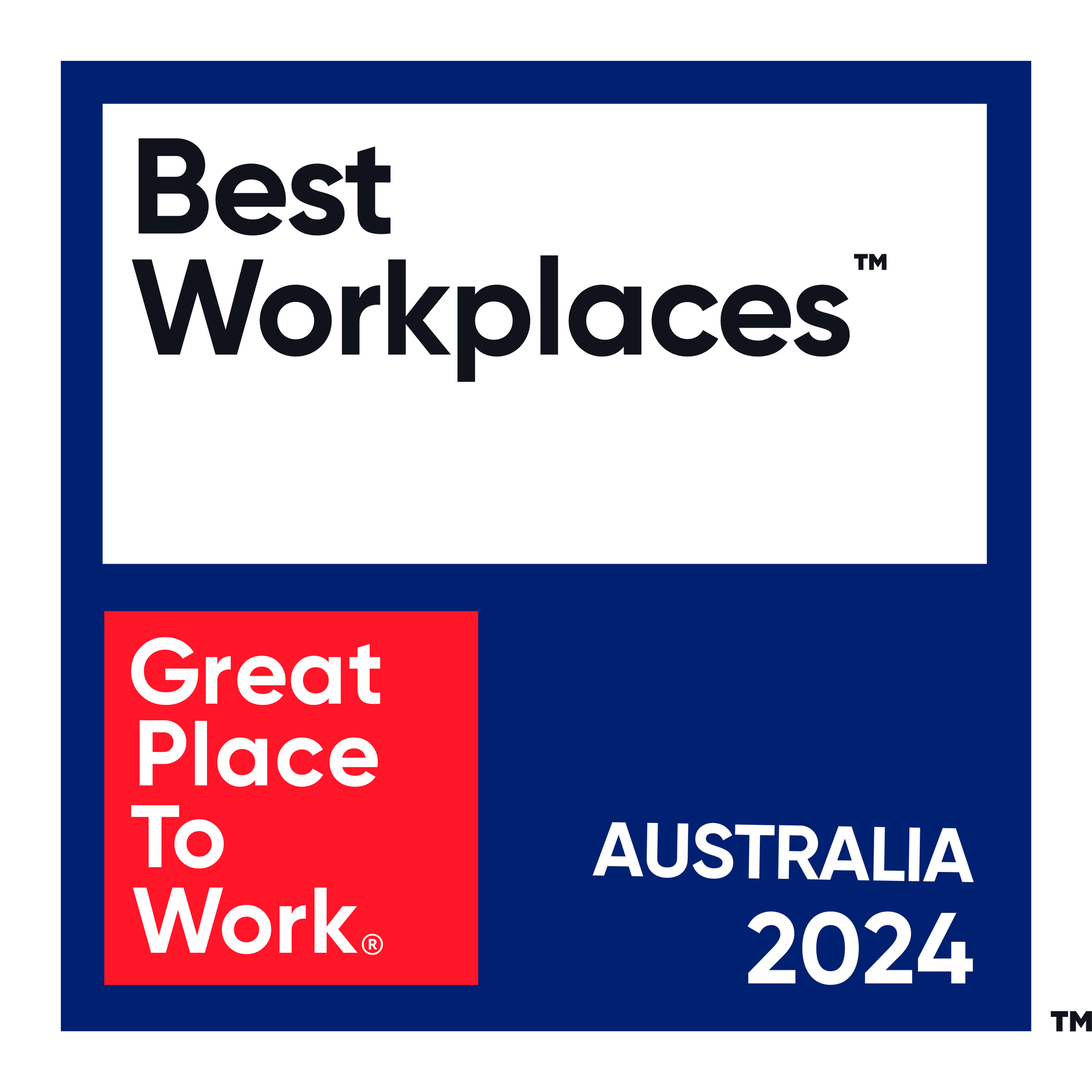In October, our WHS Officer Joe Vella and a few others from the JV crew had the honour of attending the
WorkSafe Awards 2018
where our very own Joe Vella was recognised for his achievements in returning to work after an injury.
Joe was a finalist in the Worker Return to Work Achievement Category acknowledging his return to the workforce, after an on-site injury involving a sledgehammer left him with a completely torn-off tendon in his arm.
After the incident, Joe realised that he wouldn’t be able to return to his previous role. But he is a fighter with a very positive attitude and our team were not willing to let him go quite so easily.
After a little bit of a chat, we realised that Joe had some experience in work safety and because he was open to trying something new, we decided to upskill him and change his position to that of a WHS Support Officer.
Overall, Joe’s experience got us thinking of how much workplace safety needs to be addressed on an individual basis; after all, a strong culture of safety means that each and every player doing their part to hold things together.
In our industry, we can preach about safety culture all we want, but are we doing everything in our power to live out those values?
Joe’s situation highlighted just how important the shared responsibility is for employers, workers and service providers to 1) do everything within our power to prevent workplace injury and 2) have a considerate return-to-work plan in place should anything happen.
When a worker is injured, it’s only the beginning.
There is a snowball effect and their livelihood, families and mental health can all be adversely affected.
When one of your staff is injured at work; you need to support them through thick and thin. It’s not just a legal responsibility but the responsibility you have, as an employer, to invest in your employee’s future and make good on your word.
They need time to recover, but they also need a solid return-to-work plan, one that includes potential upskilling or switching of departments, as well as support and accommodation once they’re back. And where there is a chance for a conversation to check in with how they’re doing, have one. Even schedule 10 minutes each week if you think you’ll forget.
How extensively you provide this support is ultimately your choice. But having an employee who makes a faster, happier return to work is infinitely better than letting them go.
To get a sense of ways you can implement more safety at work,
check out these tips.










